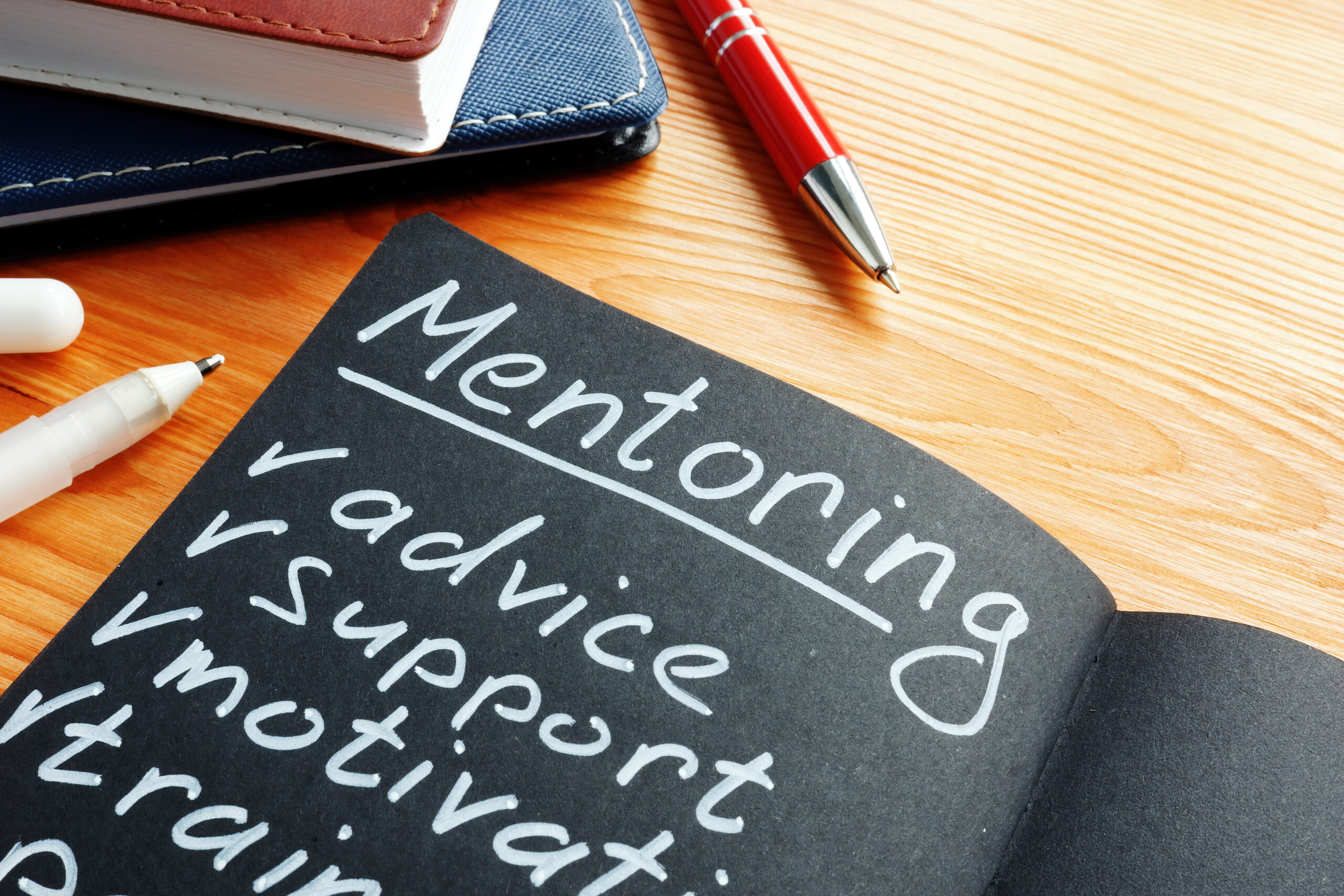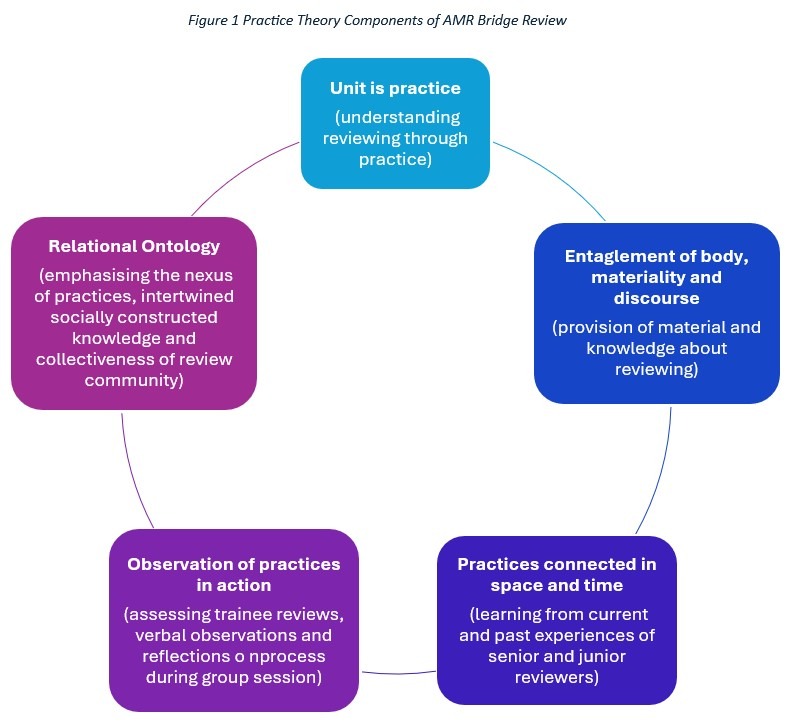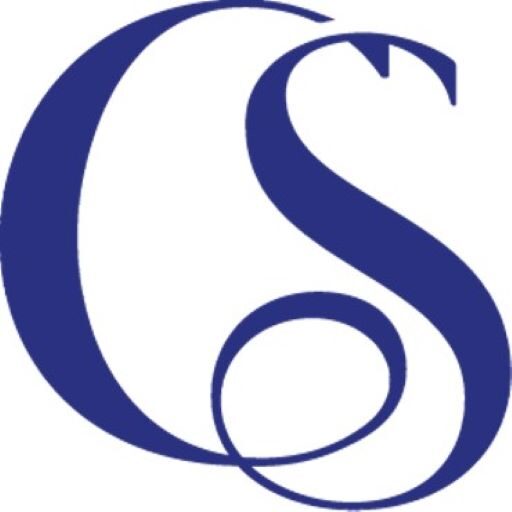“The Academy of Management Review’s Bridge Reviewer Program is an innovative program with a goal of expanding the pool of potential reviewers. Participants of this program complete self-guided learning modules on topics such as writing highly developmental reviews, observing the ethics of reviewing, and avoiding bias while reviewing.” – AMR (2024)

The crisis in academic reviewing refers to various challenges within the peer-review process, such as reviewer disengagement due to heavy workloads and prioritising the quantity over quality of publications. The increasing volume of submissions requires more engaged reviewers who are willing to spend more time, time they do not have, on reviewing. This can affect the effectiveness and quality of our peer-review processes and ultimately lead to poor academic writing and theorizing and lower quality contributions.
Efforts are being made to address these issues through innovations in peer-review models, such as open peer review as well as through increased transparency, accountability, morality and constructiveness in the peer-review process. The AMR Bridge Reviewer Program is an excellent example of how collective and positive actions in academia can lead to holistic, constructive and inclusive peer-reviewing. The program provides opportunities for ECRs and PGRs and includes those who may not have easy access to review to join the academic reviewing community. In what follows, I am reflecting on my recent experience of completing the Bridge Review Program by highlighting why and how AMR’s approach to developing peer-reviewing contributes to crafting and cultivating a Positive Academia.
When I learned about AMR’s Bridge Review Program, I was happy and excited to know that one of my favourite journals cares about developing ECRs and PGRs reviewing competencies. I did not complete my PhD in an elite institution and thus belong to those who have to jump through more hoops than others to enter the reviewing community. I had to wait for a few months to enrol and was very pleased when they opened the program in late fall 2023. I was positively impressed by how rigorous the application process was; AMR shows deep care in enrolling suitable candidates by focusing on the journal’s scope and interests. Shortly after my enrolment, I received the confirmation of my acceptance. I was so pleased about this because AMR receives thousands of applications for each intake, and some applicants are waiting many months. Thus, it was a privilege to be able to participate in this program.

The Bridge Reviewing Program starts with the initial completion of a course, that can be completed flexibly over six months, comprising several interactive modules. The modules aim to teach and transfer knowledge about what constitutes good reviewing from seniors to juniors. There are various videos recorded by the AMR editorial team whose experienced reviewers explain how they review, what they do to help the authors and what we can do to become good and caring reviewers. What struck me most is the deep sense of inclusivity, reflected by every recorded reviewer, marked by great care and fidelity to develop the author’s papers and writing skills. The module comprised mini assessments and quizzes that supported my reflexive thinking of what I learned, and the videos have been imprinted in my brain. The module also provides many resources in the form of articles and links that support our reviewing competencies holistically. I made many notes and after the completion of the course, I felt ready to apply all this knowledge to my future reviewing practices.
Within the given timeline of three months, together with 9 other applicants, I was allocated Hossam Zeitoun from the University of Warwick as our Bridge Review mentor. Hossam provided us with our first AMR manuscript reviewing training task. We received a timeline and each of us had to provide a review based on what we have learned during the module. Hossam additionally provided us with useful information and links that supported the reviewing process. I felt very welcome in the program, and it was fantastic to be in a group of international ECRs and PGRs as the feeling of collectiveness had a positive effect on my well-being, contributed to networking with new academics, and I was looking forward to meeting the group during the post-review discussions.
Having recently completed a paper for another AOM journal and having read many AMR papers and other papers on theory building, combined with my research focus on inclusive and sustainable business, reviewing my first AMR manuscript was exciting and I enthusiastically applied all my knowledge. I felt strongly about really wanting to support the authors and the paper with my knowledge and it felt positive to be able to help others. I adopted the AMR framework, and it became really clear why constructive and caring reviewing is pivotal for academia.
After the submission of the review, Hossam sent us the actual review that was completed by three AMR reviewers, and we had the opportunity to compare their review with our work. It was our task to reflect on our strengths and weaknesses and our review process. We then met in a small group to discuss our outcome constructively together with Hossam who had to write a report on his mentees.
The post-review meeting was the first time we saw our mentor and fellow review trainees face-to-face online and it was such a nice experience to get to know each other. Each of us explained how we completed the review and reflected on our experience of the process. Hossam contributed with knowledge based on his practices and experiences and we all learned from each other. There was scope to ask questions about reviewing and Hossam was very supportive in providing holistic feedback, and answers.

In my view, the AMR Bridge Review makes an outstanding contribution to academic reviewing because it appears to be a perfect example of a Practice-Theory Approach (Janssens & Steyaert, 2019) and shows how such an approach can make a positive impact on our academic community. As shown in Figure 1, the focus of the Bridge Review Program is on creating understanding through the unit of practice. These practices are intertwined and interconnected with theoretical material and socially constructed knowledge about reviewing within the AMR reviewing community, the trainees, and the mentors. We learn from the practices of established senior reviewers’ past and present experiences and can relate this to developing our practices. Thus, we observe practices in space and time and our practices then are also observed by the mentor and our peers. We connect and transform knowledge into practice and vice versa and this creates a wealth of positivity in the learning process, beyond the mere provision of bullet points what a good review entails, and enables us to develop holistic, and constructive review competencies that will contribute to future reviews for AMR but also beyond because constructive and caring reviewing is important for the whole academic community.

Focusing on and understanding the nexus of practices and how we can all collectively transform current challenges into positivity is critical for academic reviewing. Integrating junior academics who are willing and eager to learn how to review can reduce the pressure of surplus reviewing on senior academics and minimize the gap of detachment of academics from reviewing. Thus, by investing time to positively integrate, care for, and train junior academics from various backgrounds and institutions reviewing can become more effective, constructive and sustainable in the longer term.
The AMR Bridge Review reflects a great sense of proactiveness through positive actions that prevent the worsening of the current crisis of peer review in academia by focusing on positivity. This is a call to all editorial teams to move beyond a list of bullet points of what good reviewing is and take positive action to focus on how we can train and integrate junior academics. In doing so, we can move towards the development of sustainable and holistic review processes.

